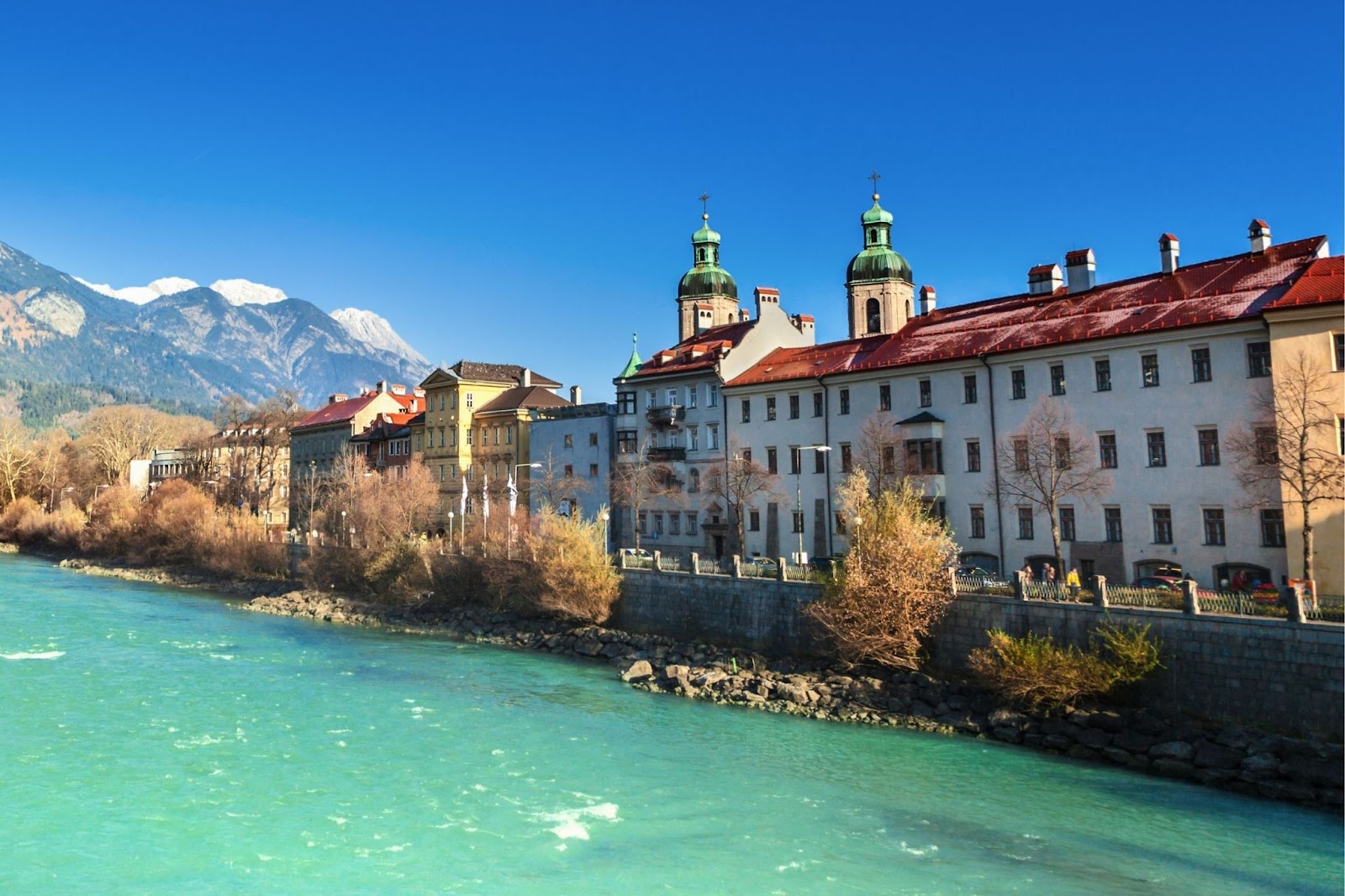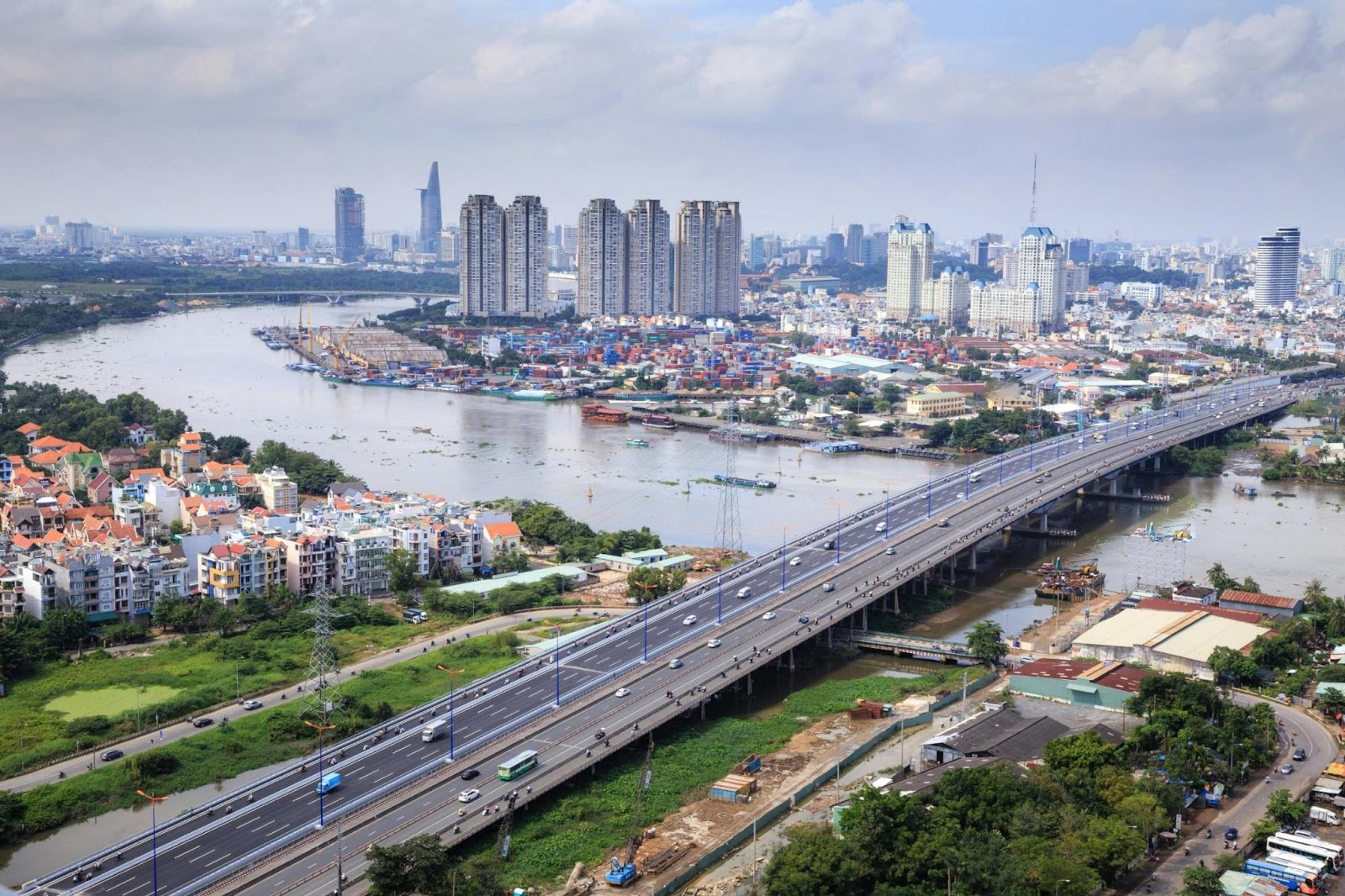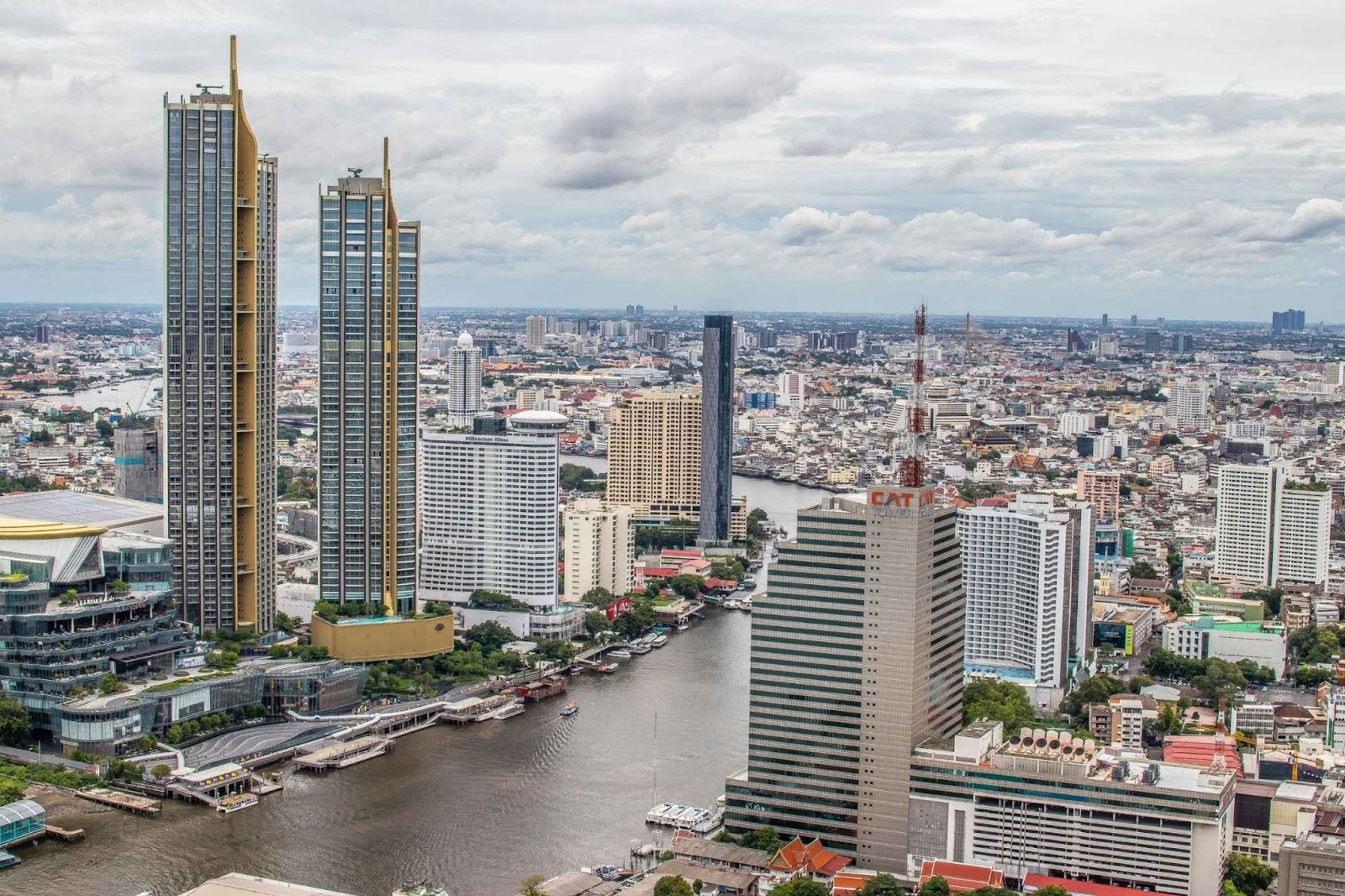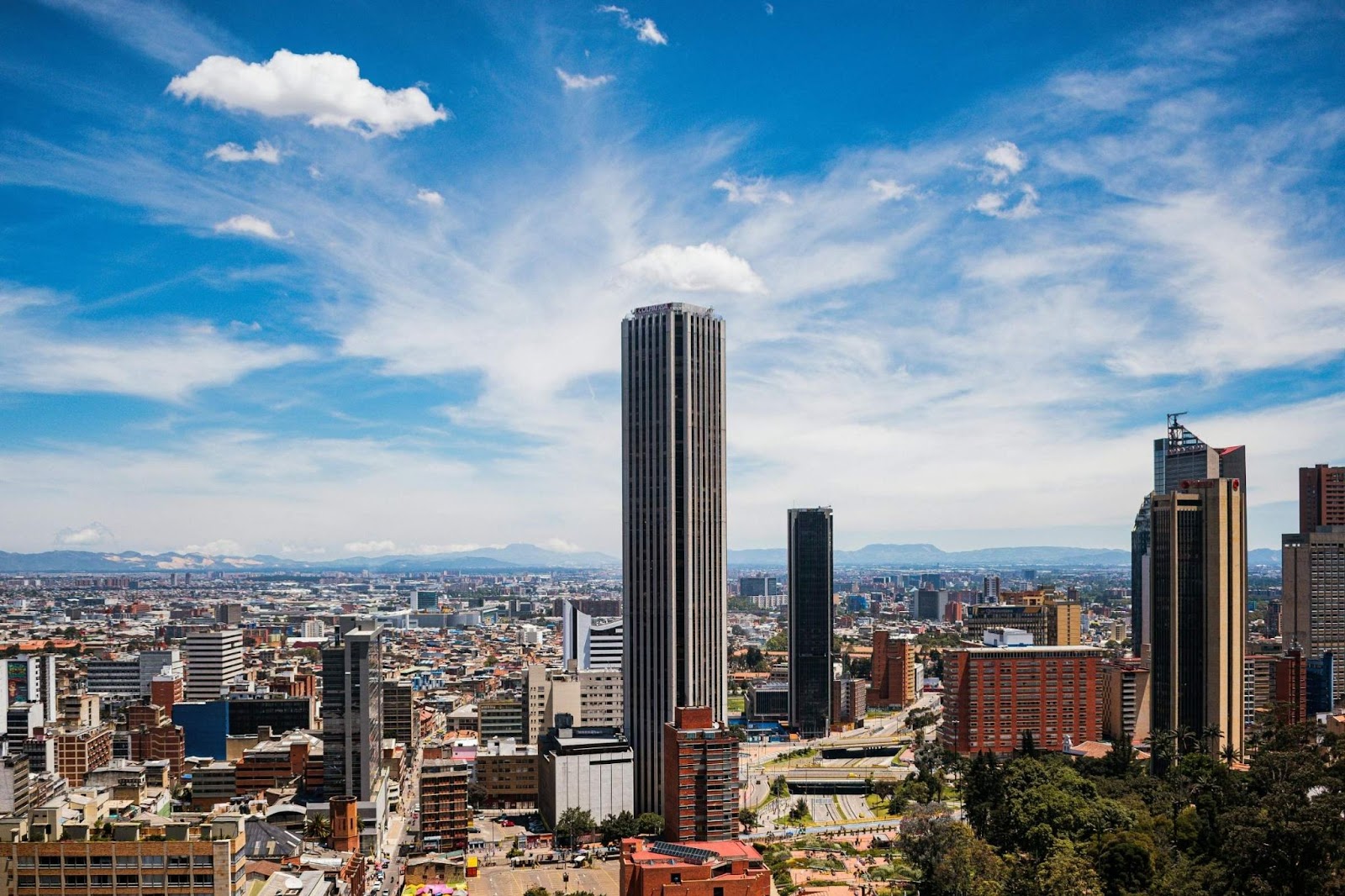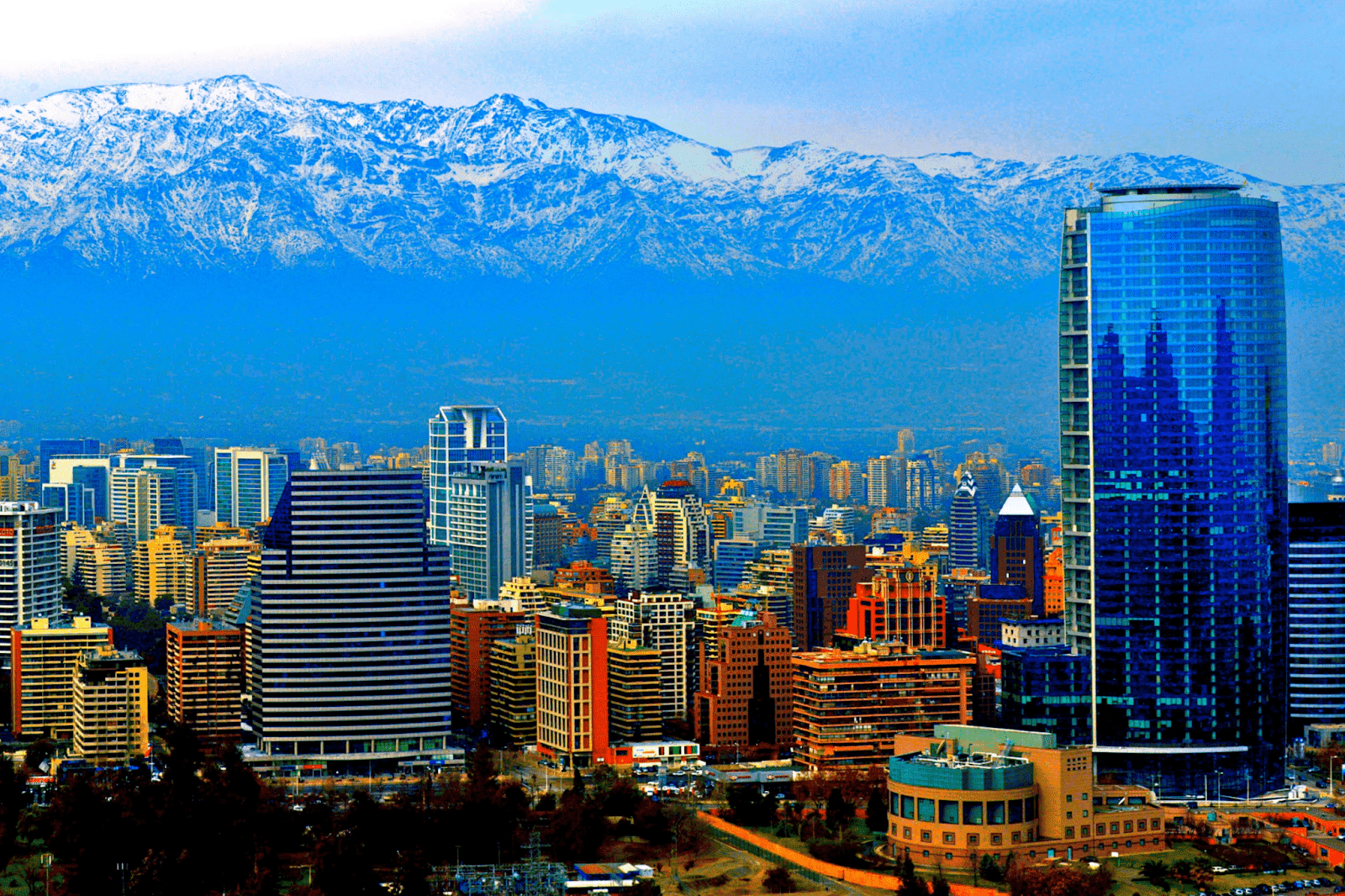Picture this: You’re running a small business in Toronto, and you just landed a big order from a customer in Vancouver. Great news, right? Then you sit down to figure out the taxes, and suddenly you’re staring at abbreviations like GST, HST, and PST, wondering if you accidentally enrolled in a government acronym course. Understanding what is GST and HST tax in Canada becomes the difference between getting paid properly and leaving money on the table—or worse, getting sideways with the tax authorities.
Canada’s sales tax system works like a patchwork quilt. The federal government has its tax, most provinces have their own, and some provinces decided to combine theirs with the federal one. It’s not designed to confuse business owners, but it sure feels that way sometimes. Each province gets to choose how they want to handle sales tax, which means a business selling across Canada needs to know the rules for each province they serve.
Here’s what makes this interesting: while the complexity seems overwhelming at first, businesses that understand the GST and HST in Canada system actually gain an advantage. They can price correctly, claim the right credits, and avoid the compliance headaches that trip up their competitors. The key is knowing that Canada essentially runs three different types of sales tax, and each one has its own rules and rates.
The reason this matters goes beyond just collecting the right amount of tax. Getting it wrong means penalties, interest charges, and the kind of government attention that kills momentum. Getting it right means smooth operations and the freedom to focus on growing your business instead of sorting out tax problems.
What Are GST and HST?
When exploring what is GST and HST, it’s essential to understand how these two tax systems work both independently and together. The Goods and Services Tax (GST) is the federal government’s 5% cut of most transactions in Canada. Every province and territory uses it, making it the one consistent tax you’ll encounter no matter where you’re doing business. Think of GST as the baseline—it’s always there, and it’s always 5%.
What makes GST and HST tax different from a simple sales tax is how it works through the business chain. When a manufacturer sells to a distributor, they charge GST. When the distributor sells to a retailer, they charge GST. When the retailer sells to a customer, they charge GST. But here’s the smart part: each business along the way can claim back the GST they paid on their business purchases. The customer at the end pays the full 5%, but the businesses in between don’t get stuck with a growing tax burden.
The Harmonized Sales Tax (HST) is where things get interesting in the GST and HST landscape. Five provinces—Ontario, New Brunswick, Nova Scotia, Prince Edward Island, and Newfoundland and Labrador—decided to combine their provincial sales tax with the federal GST into one single tax. Instead of dealing with two separate taxes, businesses and consumers in these provinces pay one HST rate that covers both federal and provincial taxes.
HST rates vary by province, but they all include the 5% federal portion plus the provincial portion. Ontario charges 13% HST (5% federal + 8% provincial), while the Atlantic provinces charge 15% HST (5% federal + 10% provincial). The beauty of HST is simplicity—one tax, one registration, one set of filing requirements instead of juggling federal and provincial systems separately.
Provincial Sales Tax (PST) or Retail Sales Tax (RST)
Provincial Sales Tax is where each province shows its personality. British Columbia, Saskatchewan, Manitoba, and Quebec each run their own provincial sales tax systems alongside the federal GST. These provinces looked at the HST option and said, “Thanks, but we’ll handle our own provincial tax.”
PST rates and rules vary significantly between provinces. British Columbia charges 7% PST on most goods and services, but exempts items like groceries and children’s clothing. Saskatchewan charges 6% PST but calls it Provincial Sales Tax, and their exemptions list reads differently than BC’s. Manitoba goes with 7% Retail Sales Tax (RST), and Quebec operates the Quebec Sales Tax (QST) at 9.975%—because apparently, they wanted to make their rate memorable.
The big difference between GST and HST versus PST is how businesses handle them. With HST, businesses can usually claim input tax credits for taxes paid on business purchases. With PST, the rules are much more restrictive. In most PST provinces, businesses pay PST on their purchases and can’t claim it back, making PST a true cost of doing business rather than a pass-through tax.
Quebec’s QST works more like the GST/HST system, allowing businesses to claim input tax refunds for QST paid on business purchases. This makes Quebec’s system more business-friendly than the traditional PST approach, even though they chose not to harmonize with the federal system.
Key Differences: GST vs HST vs PST
Understanding the difference between GST and HST and how they compare to PST affects how you run your business, how you price your products, and how much paperwork you’ll be doing. GST is straightforward—5% everywhere, with input tax credits available for business purchases. You register once with the federal government, file regular returns, and claim back GST paid on legitimate business expenses.
HST simplifies life in participating provinces by combining federal and provincial taxes into one system. You still register federally, but your HST return covers both federal and provincial portions. The rates are higher than GST alone, but you get input tax credits for the full HST amount paid on business purchases. Filing is simpler because you’re dealing with one tax system instead of two.
PST creates the most complexity because each province runs its own system with its own rates, exemptions, and rules. You need separate registrations for each PST province where you do business. Most importantly, PST generally doesn’t offer input tax credits, so PST paid on business purchases becomes a real cost that affects your bottom line.
| Tax Type | Rate | Input Credits | Administration | Registration |
| GST | 5% | Yes | Federal (CRA) | Federal only |
| HST | 13-15% | Yes | Federal (CRA) | Federal only |
| PST/RST | 6-10% | Limited/No | Provincial | Provincial |
| QST | 9.975% | Yes | Provincial (Quebec) | Provincial |
Current Rates by Province/Territory (2025)
Canada’s tax rates create a map that tells the story of different provincial priorities and approaches to taxation. The territories keep it simple with just the 5% GST, while the provinces show their individual preferences through their tax choices.
| Province/Territory | GST | Provincial Tax | Combined Rate |
| Alberta | 5% | None | 5% |
| British Columbia | 5% | 7% PST | 12% |
| Saskatchewan | 5% | 6% PST | 11% |
| Manitoba | 5% | 7% RST | 12% |
| Ontario | 13% HST | – | 13% |
| Quebec | 5% GST | 9.975% QST | ~15% |
| New Brunswick | 15% HST | – | 15% |
| Nova Scotia | 15% HST | – | 15% |
| Prince Edward Island | 15% HST | – | 15% |
| Newfoundland and Labrador | 15% HST | – | 15% |
| Northwest Territories | 5% | None | 5% |
| Nunavut | 5% | None | 5% |
| Yukon | 5% | None | 5% |
Alberta stands alone as the only province without any provincial sales tax, making it a 5% GST-only jurisdiction. This has made Alberta attractive for businesses looking to minimize their tax burden, though other factors like corporate tax rates and regulatory environment also play into location decisions.
The Atlantic provinces all chose 15% HST, creating a uniform tax environment across the region. This harmonization simplifies business operations for companies serving multiple Atlantic provinces, since they deal with identical tax rates and rules regardless of which province their customers are in.
How Taxes Are Applied: Examples
Let’s walk through how these taxes actually work in practice. Say you’re buying a $1,000 laptop computer in three different provinces to see how the GST and HST taxes play out.
In Ontario (HST province), you pay $1,000 + $130 HST = $1,130 total. The retailer collects the $130 HST and remits it to the federal government, which then shares the provincial portion with Ontario. If you’re buying this laptop for business use, you can claim the full $130 as an input tax credit on your HST return.
In British Columbia (GST + PST province), you pay $1,000 + $50 GST + $70 PST = $1,120 total. The retailer collects $50 GST and remits it federally, and collects $70 PST and remits it provincially. If you’re buying for business, you can claim back the $50 GST but not the $70 PST, so the PST becomes a real cost to your business.
In Alberta (GST only), you pay $1,000 + $50 GST = $1,050 total. The retailer collects $50 GST and remits it federally. Business purchasers can claim back the full $50 GST as an input tax credit, making Alberta the lowest-tax province for this purchase.
These examples show why understanding the tax system matters for business decisions. The same laptop costs $80 more in Ontario than Alberta, and a business buyer in BC faces $70 in non-recoverable PST that doesn’t apply in Ontario or Alberta.
Who Must Register and Collect These Taxes?
The registration thresholds determine when a business must start collecting and remitting sales taxes. For GST and HST tax, the magic number is $30,000 in annual revenue from taxable supplies over four consecutive calendar quarters. Once you cross this threshold, you must register within 29 days and start collecting tax.
Small suppliers under the $30,000 threshold can voluntarily register for GST/HST, which many do because it allows them to claim input tax credits. A small business spending $5,000 annually on taxable business purchases can recover $250-$750 in GST/HST by registering, even if they’re not required to.
Provincial sales tax registration works differently. BC requires PST registration at $10,000 in annual taxable sales. Saskatchewan sets their threshold at $10,000 for PST. Manitoba requires RST registration immediately when you start selling taxable products or services. Quebec requires QST registration at $30,000 annually, matching the federal threshold.
Non-resident businesses selling to Canadian customers face special rules. A US company selling software to Canadian customers might need to register for GST/HST even if they have no physical presence in Canada. The rules depend on what you’re selling, where your customers are located, and how you deliver your products or services.
Filing and Remittance Requirements
Filing frequency depends on your annual GST/HST taxable sales. Small businesses with less than $1.5 million in annual taxable sales can file annually, which simplifies bookkeeping but requires careful cash flow management since you’re holding tax money for up to a year before remitting it.
Businesses with $1.5-6 million in annual taxable sales file quarterly, while larger businesses file monthly. The trade-off is clear: more frequent filing means more paperwork but better cash flow management. Large businesses prefer monthly filing because they’re not holding as much tax money for as long.
Provincial sales tax filing follows different schedules. BC PST returns are due monthly if you collect more than $10,000 PST annually, otherwise quarterly. Saskatchewan PST and Manitoba RST follow similar patterns. Quebec QST filing aligns with federal GST filing frequency for businesses registered for both.
The filing deadlines are firm. GST/HST returns are due one month after the reporting period ends, with payment due the same day. Miss the deadline, and you’ll face penalties and interest charges that can quickly exceed the underlying tax owed.
Input Tax Credits & Reclaiming PST
Input Tax Credits (ITCs) are where businesses can recover GST/HST paid on legitimate business expenses. You can claim ITCs for GST/HST paid on inventory, equipment, office supplies, professional services, and most other business purchases. The key is keeping proper documentation—receipts, invoices, and records that show the GST/HST paid.
The ITC system makes GST/HST a pass-through tax for most businesses. A restaurant pays GST/HST on food ingredients, kitchen equipment, and professional services, then claims all these amounts as ITCs. The restaurant’s net GST/HST cost is essentially zero—they collect tax from customers and remit the difference after claiming their ITCs.
PST recovery is much more limited. BC allows PST recovery on inventory purchased for resale, but not on equipment, supplies, or services used in your business. Saskatchewan and Manitoba offer even fewer PST recovery opportunities. This makes PST a real cost that affects your profit margins, unlike GST/HST which generally flows through your business.
Quebec’s QST system allows input tax refunds similar to GST/HST, making it more business-friendly than traditional PST systems. A Quebec business can claim QST refunds for most business purchases, keeping QST as a pass-through tax rather than a cost.
What Businesses Need to Know for E-Commerce & Cross-Border Sales
E-commerce changes the sales tax game completely. When you’re selling online, your customer’s location determines which taxes apply, not your business location. A BC business selling to an Ontario customer charges Ontario HST, not BC’s GST + PST combination.
The place-of-supply rules determine which taxes apply to different types of sales. Physical goods are taxed based on where they’re delivered. Services are generally taxed based on where the service is performed or where the customer is located, depending on the specific service type.
Marketplace facilitators like Amazon, eBay, and Etsy now collect and remit sales taxes on behalf of their sellers in many situations. This simplifies compliance for small sellers but creates complexity around when the marketplace handles taxes versus when sellers handle them directly.
Non-resident businesses face special rules when selling to Canadian customers. A US software company selling subscriptions to Canadian customers might need to register for GST/HST and collect Canadian sales taxes, even with no physical presence in Canada. The rules depend on what you’re selling and how you deliver it.
Conclusion
Canada’s sales tax system reflects the country’s federal structure—complex but manageable once you understand the rules. The key is recognizing that GST provides the foundation, HST simplifies life in participating provinces, and PST adds complexity but affects only specific provinces.
For businesses operating across Canada, success means understanding which taxes apply where, maintaining proper records for input tax credits, and staying current with filing requirements. The penalties for getting it wrong are severe, but the system rewards businesses that invest time in understanding the rules.
Whether you’re a Canadian business expanding across provinces or a foreign company entering the Canadian market, Commenda supports sales tax compliance in any market. As part of our broader cross-border business compliance solutions, we help businesses navigate GST/HST registration, filing requirements, and provincial sales tax obligations. From business expansion in Canada to setting up a subsidiary company, Commenda provides the expertise and tools needed to ensure compliance while you focus on growing your business.
The Canadian sales tax system doesn’t have to be a barrier to growth. With proper understanding and the right support, it becomes just another part of doing business in one of the world’s most stable and prosperous markets.
Frequently Asked Questions
What is GST and HST tax in Canada?
GST is the 5% federal goods and services tax applied across Canada. HST is the harmonized sales tax used in five provinces that combines federal and provincial sales taxes into one tax ranging from 13-15%.
What is the difference between GST and HST?
The main difference between GST and HST is that GST is only the 5% federal tax, while HST combines both federal and provincial sales taxes into one harmonized rate. GST applies in all provinces, but HST only applies in Ontario, New Brunswick, Nova Scotia, Prince Edward Island, and Newfoundland and Labrador.
Is PST applied in all provinces?
No. Only BC, Saskatchewan, Manitoba, and Quebec have provincial sales taxes. Five provinces use HST instead, and Alberta has no provincial sales tax.
How do I register for GST/HST?
Register online through the Canada Revenue Agency when your taxable sales exceed $30,000 annually, or voluntarily register earlier to claim input tax credits.
Can I claim input tax credits?
Yes, for GST/HST paid on legitimate business purchases. PST input credits are limited or unavailable in most provinces, except Quebec’s QST system.
What’s the difference between GST, HST, and PST?
GST is 5% federal tax with input credits available. HST combines federal and provincial taxes (13-15%) with input credits. PST is provincial-only tax (6-10%) with limited input credits.
Does a U.S. seller need to collect Canadian sales tax?
Potentially yes, depending on what you sell and where your customers are located. Non-resident businesses may need to register for GST/HST when selling certain products or services to Canadian customers.



